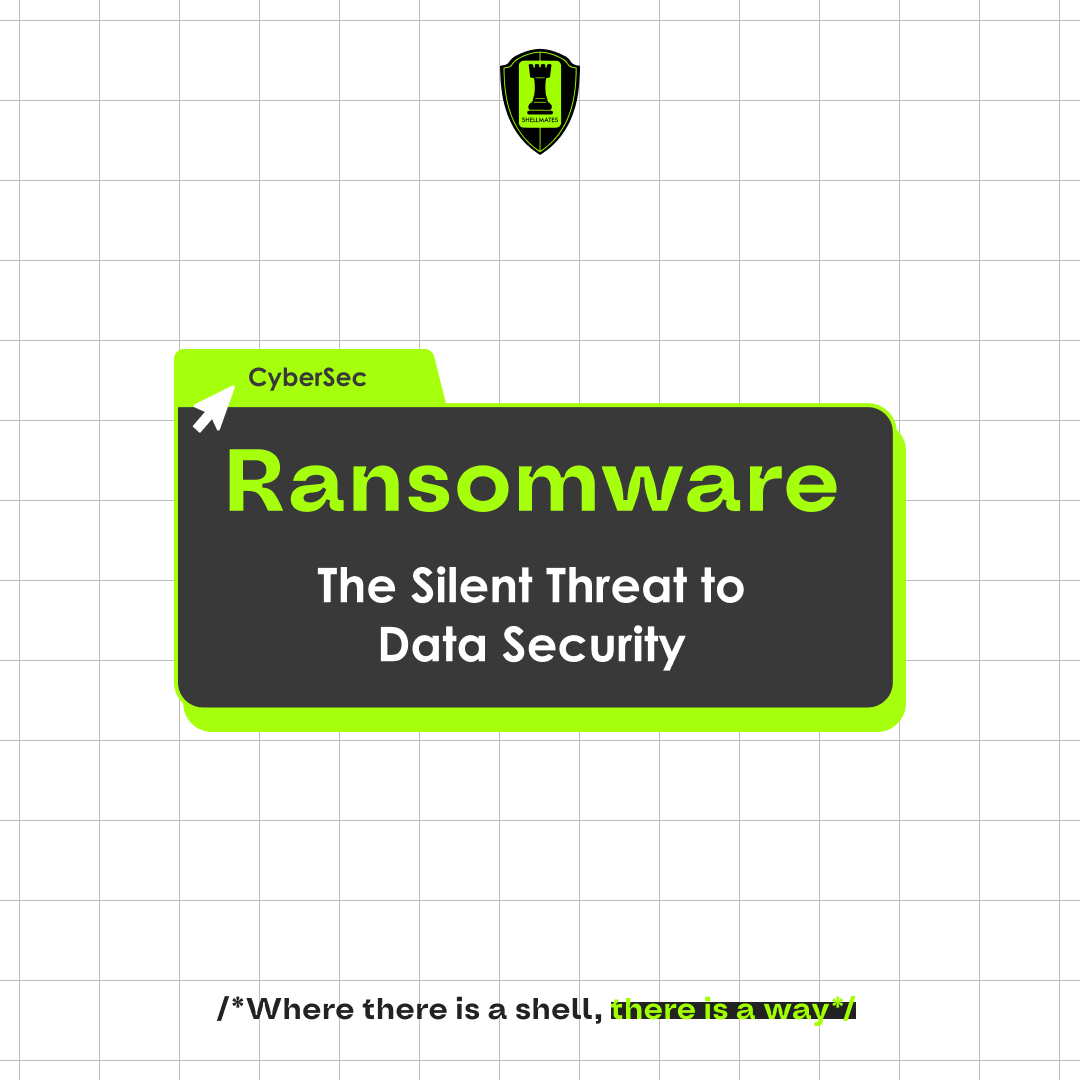Zero-Click Apple Shortcuts Vulnerability Allows Silent Data Theft
A dangerous vulnerability in Apple Shortcuts has surfaced, which could give attackers access to sensitive data across the device without the user being asked to grant permissions.
Apple’s Shortcuts application, designed for macOS and iOS, is aimed at automating tasks. For businesses, it allows users to create macros for executing specific tasks on their devices, and then combine them into workflows for everything from Web automation to smart-factory functions. These can then be shared online through iCloud and other platforms with co-workers and partners.
According to an analysis from Bitdefender out today, the vulnerability (CVE-2024-23204) makes it possible to craft a malicious Shortcuts file that would be able to bypass Apple’s Transparency, Consent, and Control (TCC) security framework, which is supposed to ensure that apps explicitly request permission from the user before accessing certain data or functionalities.
That means that when someone adds a malicious shortcut to their library, it can silently pilfer sensitive data and systems information, without having to get the user to give access permission. In their proof-of-concept (PoC) exploit, Bitdefender researchers were then able to exfiltrate the data in an encrypted image file.
“With Shortcuts being a widely used feature for efficient task management, the vulnerability raises concerns about the inadvertent dissemination of malicious shortcuts through diverse sharing platforms,” the report noted.
The bug is a threat to macOS and iOS devices running versions preceding macOS Sonoma 14.3, iOS 17.3, and iPadOS 17.3, and it is rated 7.5 out of a possible 10 (high) on the Common Vulnerability Scoring System (CVSS) because it can be remotely exploited with no required privileges.
Apple has patched the bug, and “we are urging users to make sure they are running the latest version of the Apple Shortcuts software,” says Bogdan Botezatu, director of threat research and reporting at Bitdefender.
Apple Security Vulnerabilities: Ever More Common
In October, Accenture published a report revealing a tenfold rise in Dark Web threat actors targeting macOS since 2019 — with the trend poised to continue.
The findings coincide with the emergence…



